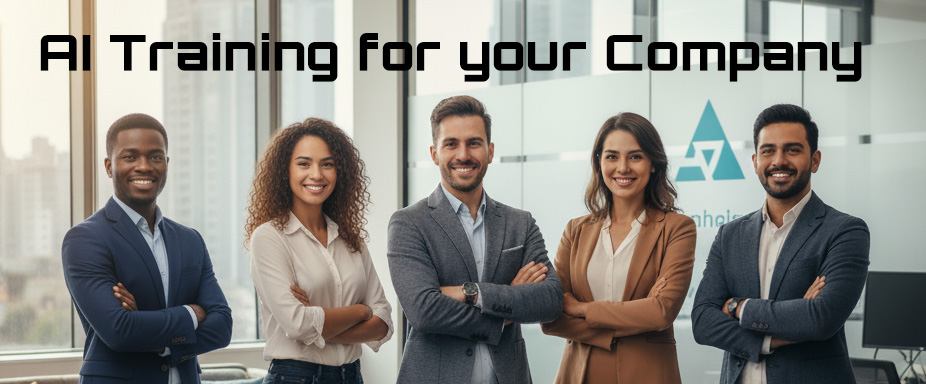Why Was a Standard Like MCP So Badly Needed?
Before MCP was introduced in late 2024, the AI industry was facing a major roadblock called the "M x N integration crisis." Imagine a company has five different AI models (M) and wants them to use ten different tools or databases (N). To make this work, developers had to manually build and maintain fifty unique, custom-coded connections. This was incredibly expensive, slow, and simply didn't scale.
This "glue code" nightmare meant that even the most powerful AI models were trapped in "information silos," unable to access the live, real-world data they needed to be truly useful. Early solutions like the first ChatGPT Plugins were a step in the right direction, but they were proprietary, locking you into a single company's ecosystem. The industry needed a universal, open standard that everyone could use, allowing different AI systems to finally speak the same language when it comes to using tools. That's exactly what MCP provides.
Concept Spotlight: The Three Primitives of MCP
MCP's design is brilliant because it doesn't just treat every connection the same. It creates a clear governance model by defining three distinct types of interaction, which is crucial for safety and control.
- 1. Tools
- These are actions that can have a real-world effect, like sending an email or saving a file. Crucially, the AI model can only propose using a tool; it requires explicit user consent before anything actually happens. This creates a vital "human-in-the-loop" safety check.
- 2. Resources
- These are read-only data streams that provide information to the AI. The application, not the AI, controls what information is shared, like the content of an open file or a database query result. This allows an AI to be "context-aware" without giving it the power to change the original data.
- 3. Prompts
- These are pre-defined workflows that the user initiates, often through a slash command (e.g.,
/summarize_document). This gives the user a direct and predictable way to command the system to perform complex, pre-approved tasks.
This separation is a cornerstone of building trustworthy AI. It ensures there's a clear distinction between a safe, read-only data request and a potentially dangerous, state-altering action.
Why Everyone Is Adopting MCP
The rapid, industry-wide support for MCP happened because its benefits are immense for everyone involved in AI development and use.
- Eliminates "Glue Code": Developers no longer need to write endless custom integrations. They can build one MCP server for a tool, and it will work with any MCP-compliant AI.
- Unlocks True AI Assistants: By giving models safe and standardized access to live data and tools, MCP allows them to become active participants in workflows, moving from simple text generators to powerful assistants.
- Fosters a Collaborative Ecosystem: With a shared standard, the whole community can contribute. Developers can build and share MCP servers for thousands of tools, creating a vibrant, open-source library that benefits everyone.
- Focus on What Matters: By agreeing on MCP as the foundational "plumbing," major AI labs like OpenAI, Google, and Anthropic can stop worrying about basic connectivity and focus on competing to build better models and more sophisticated features on top of the protocol.
MCP's Unprecedented Rise
Quick Check
According to the MCP safety model, if an AI assistant wants to send an email on your behalf, what must happen first?
Recap: What is MCP?
What we covered:
- What the Model Context Protocol (MCP) is and how it acts as a "USB-C for AI," creating a universal standard for connecting AIs to tools and data.
- The "M x N integration crisis" that made a standard like MCP necessary for the AI industry to scale.
- The three core primitives of MCP—Tools, Resources, and Prompts—and how they create a safe and controllable system.
- Why MCP was adopted so quickly, even by competing companies, to foster a healthier and more innovative AI ecosystem.
Why it matters:
- MCP is the fundamental "plumbing" that will enable the next generation of truly helpful, context-aware AI assistants. Understanding it helps you see how AI is moving beyond simple chat to become an active participant in our digital lives.
Next up:
- We will explore the world of open source, self-hosted AI, for when you want to run AI offline and in complete privacy on your own computer.



